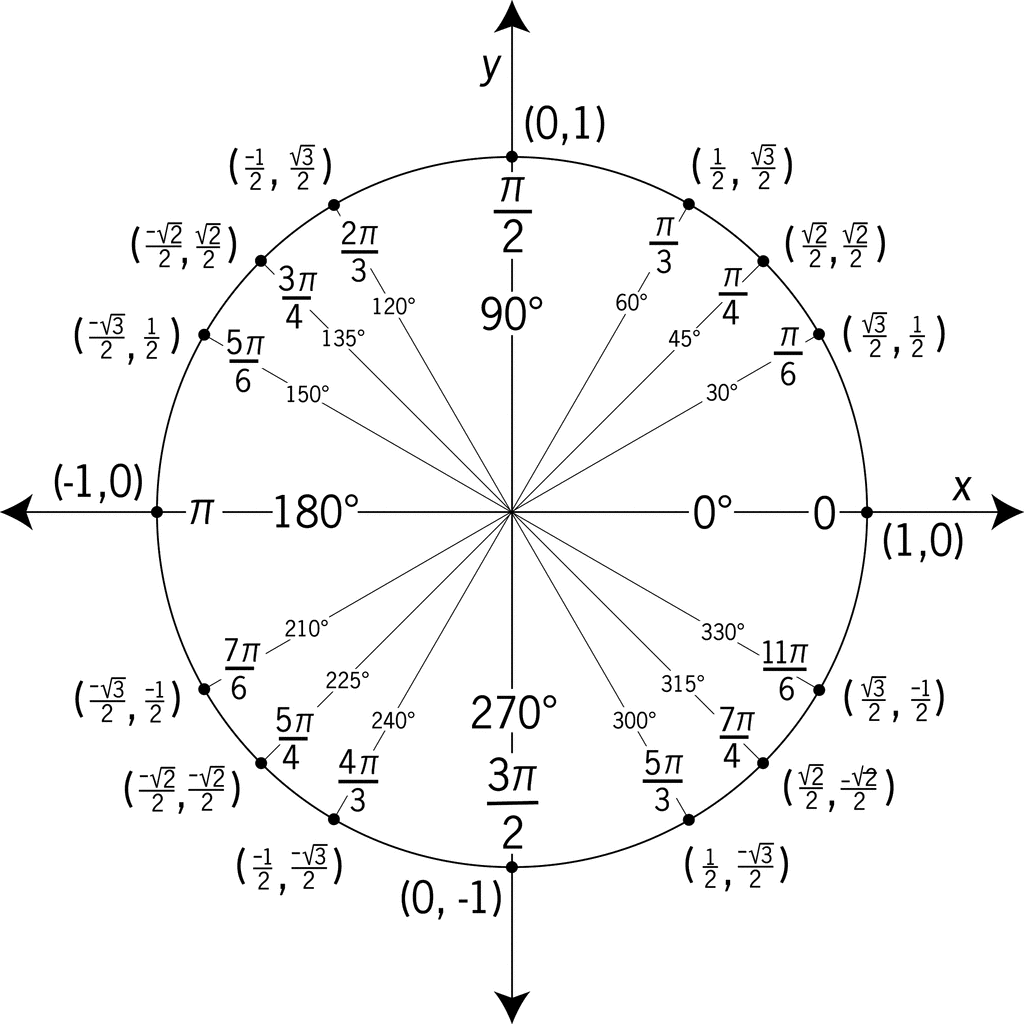Derived Value Math
That is the amount by which a function is changing at one given point.

Derived value math. Let us consider the number 7 456 391 23. Its value is approximately 2 718 and has been calculated to 869 894 101 decimal places by sebastian wedeniwski. X 2 2 x 2 2 x 2 x 2 x 2 x 2. The tangent line is the best linear approximation of the function near that input value.
Here the digit 4 is in the tens column. The main drawback of derived value is that we could have the same math error e g. If we consider a number 45. The number e was first studied by the swiss mathematician leonhard euler in the 1720s although its existence was more or less implied in the work of john napier the inventor of logarithms in 1614.
We should use a derived value whenever we have values that can be derived in some deterministic way from other values in our tests. For functions that act on the real numbers it is the slope of the tangent line at a point on a graph. It is the limit of 1 1 n n as n approaches infinity an expression that arises in the study of compound interest it can also be calculated as the sum of the infinite series. International system of units background information the creation of the decimal metric system at the time of the french revolution and the subsequent deposition of two platinum standards representing the meter and the kilogram on 22 june 1799 in the archives de la république in paris can be seen as the first step in the development of the.
The number e known as euler s number is a mathematical constant approximately equal to 2 71828 and can be characterized in many ways. The derivative of a function of a single variable at a chosen input value when it exists is the slope of the tangent line to the graph of the function at that point. We calculate it by multiplying the place value and face value of the digit. Hence the value of the digit 4 will be i e.
These relationships are derived from the dividing a line at its golden section point the point at which the ratio of the line a to the larger section b is the same as the ratio of the larger section b to the smaller section c. X 2 2 x 2 x 2 2 x 2. A b c and. Basic and derived units physical quantities.
It is the base of the natural logarithm. This relationship is expressed mathematically as. Using the formula of derivative of absolute value function we have. 1 φ φ 1.
X 2 2 x 2 2 x 2 x 2 x 2 1 x 2 2 x 2 2 x 2 x 2 x 2. In mathematics particularly in differential calculus the derivative is a way to show instantaneous rate of change. For this reason the derivative is often described as the instantaneous rate of change the ratio of the instantaneous change in the dependent variable to that of the independent variable. The derivative is often written as.





















